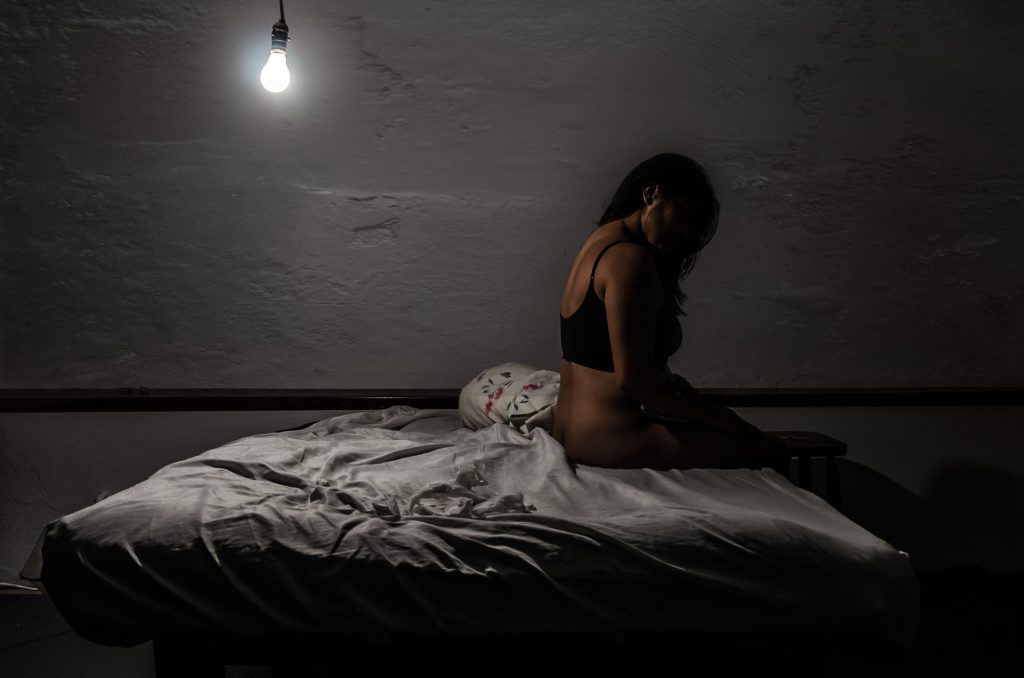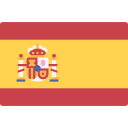- Film présenté cette année à Cinélatino
2013 Princesas Rojas – Red Princesses. (98min. aprox)
Premiered in Berlinale Generation 2013
- Direction
- Laura Astorga
- Country
- Costa Rica
- Format
- Feature film
- Type
- Fiction
- Original title
- Ngöbe
- Planned casting
- -
- Scenario
- Laura Astorga y Gustavo Morales
Laura Astorga
Filmography
2013 Princesas Rojas – Red Princesses. 98min. aprox. Premiered in Berlinale Generation
2008 Ellas Se Aman – They love Each Other. Premiered in Locarno, 12 min aprox
Note of intent
It was small news announcement in Costa Rica, which told of how a 22-year-old indigenous woman accused of homicide had been granted a pardon for humanitarian reasons. During the following weeks, updates on the story grew in size and scope, often sensationalistic. Each version of the story highlighted different unsavory elements related to the case, yet they all coincided in underscoring the importance of one particular detail. The indigenous murderer had learned to learned to speak and read Spanish. The stories spoke of her enormous capacity for learning, stressing that in two years she was able to master all the skills taught during elementary school. This led me to question
the notion of what liberty means for a poor, indigenous woman who lives in a country that only recently began to recognize her ethnic group (the ngöbe) as legitimate Costa Rican citizens. I then realized that, for her, being locked up
meant many things, among them: not to experience hunger, and in fact, to eat three meals a day; to have access to potable water; to benefit from basic sanitation services; to have a bed to call her own; to receive medical services and to be granted the opportunity of education. She even got the chance to experience the joys of self-sufficiency by working in the prison’s arts and crafts workshop and, in this way, earning money to send back to her family.
The woman in question is among the most vulnerable, whereas I can count myself among the most privileged. I understand each and every one of her actions because I am a woman wich, in almost all circumstances, makes one’s position precarious, even to point of putting one’s own citizenship in question. How could a woman feel more human in a prison system that is so flawed? What must her reality be like? Her feeling of marginality runs so deep
that she feels better locked up. And does this marginality come from her gender, her class, or from her combined?
Synopsis
Dulce is a young ngöbe woman (a Central American ethnicity) who is incarcerated for a murder that is completely justified according to her community’s norms. Yet the “white law” of Costa Rica does not take
into consideration the social codes that predominate in her homeland. Her silence during her trial proceedings leads many to believe that, in addition to being unfamiliar with the white, Western legal code of the
state, she is deaf and perhaps retarded. While interred in a prison that at times seems more like a finishing school for ladies than state penitentiary, she learns Spanish, is
able to eat three meals a day and figures out the price tag of each one of her fellow inmates. For Dulce, this is knowledge becomes a resource that was previously unthinkable in village life.
A lawyer from an NGO manages to reopen her case, based on the fact that Dulce did not have access to an interpreter during originalproceedings. This is classified as a miscarriage of justice and journalists and
activists seize upon the opportunity to cast Dulce as an abject and enigmatic savage also learns the ways in which things are stacked up against her. This last lesson,
however, is nothing new to her. Dulce is granted a full pardon but is required to sever all ties with contacts she has recently made in prison. However, “white law” has penetrated Dulce’s way of thinking
and when she returns to her community, she finds that her family has left her behind. She tries to look for work in the city but winds up destitute and unemployed and commiserates with other migrants of her
ethnic group. Finally, she is presented with an opportunity to work in something illicit and must choose between the freedom that ultimately condemns her or prison, which seems to offer her a greater sense of liberty.
Visual concept
We are seeking an anthropological outlook within the structure of a fictional narrative. The austerity of the execution allows us toenter into a certain sort of everyday intimacy. With an almost documentary-style, we put
forth a sequence of events in which the axis is the person, and the hand-held camera is positioned literally right behind her. I would like to locate myself within the social hyper-realism of the Dardennes, the ironic crudeness of María Agusta Ramos’s “theater of justice” and the hypnotic parsimony of Lisandro Alonso’s narrative. I put forth two main spaces, which are almost antagonistic, but which go far beyond the mere image: the prison and the rural
indigenous community. One is a women’s prison that is more like a shelter or hostel, while the other is a sultry, invasive jungle that is extraordinary in presence yet lacking in terms of humanity. The prison becomes the paradoxical space of liberty. An extraordinary space common to both is a woman’s emotional prison.

- Objectives sought in Films in Development
–
- Shooting planned date
February 2014
- Planned shooting location
Costa Rica – Panama
- Budget
- 300.000 euros aprox
- Project's development phase
2nd draft script










